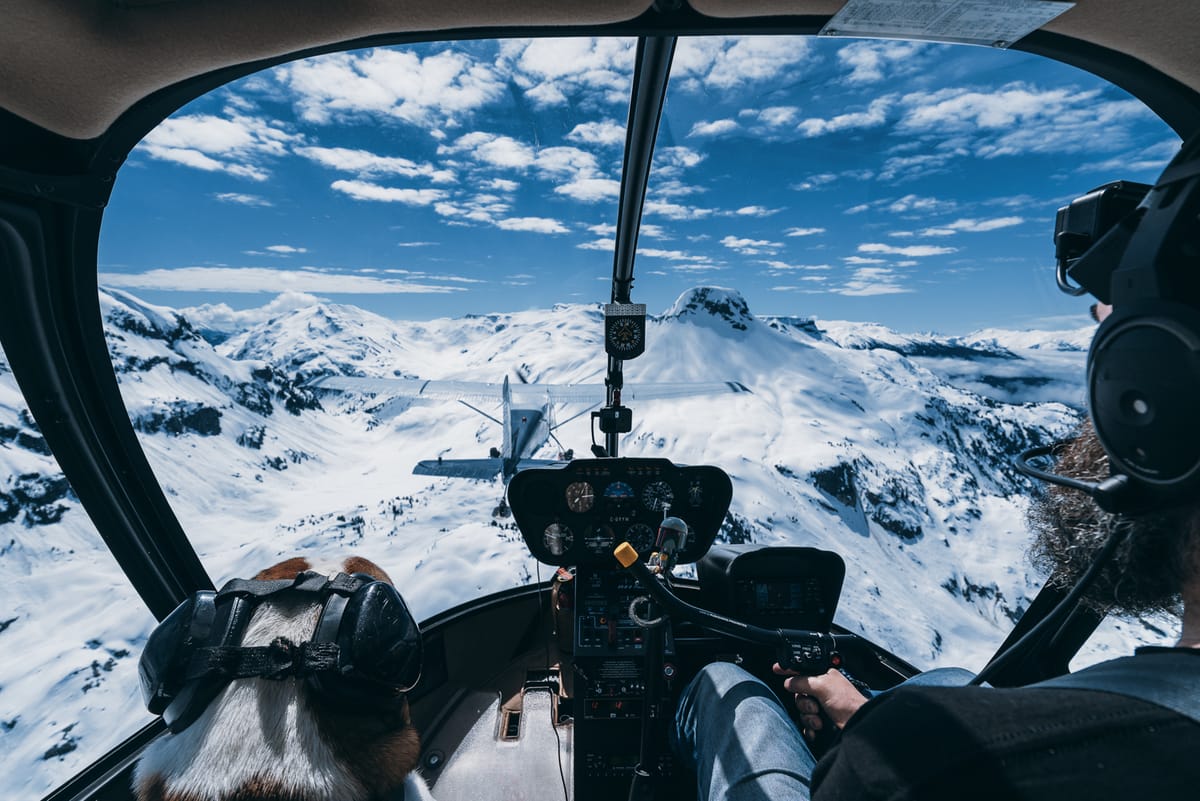14 Million Miles Later: How AI Helped Me Uncover the Full Story of My Travels
15 years of check-ins later, it wasn’t until I ran my Swarm history through AI that the full picture came into focus: 14 million miles, 758 cities, and a personal atlas of experience that finally had numbers.

I’ve been traveling for 26 years, long before “digital nomad” meant anything. From the days of paper maps and coin-fed internet cafes to today’s AI companions and international eSIMs, I’ve lived on the road—and logged nearly every step.
For 15 of those years, I used the Swarm app to quietly document every check-in. Cities, cafes, airports, hotels, parks, train stations—the invisible pins of a life in motion. I always knew the data was valuable. But I didn’t know just how much until I ran it through an AI pipeline.
That’s when the numbers hit me:
14,000,000+ miles traveled
758 cities
65 countries (many, multiple times)
6 continents
These weren’t inflated metrics or vanity stats. They were real. Tangible. A data-backed reflection of a life lived across cultures, climates, and calendar years. It was humbling, surreal, and affirming all at once.
I didn’t set out to break a record. I just wanted to explore. What AI gave me wasn’t a trophy—it was a mirror. A way to look back at two decades of movement and finally see the shape of the story.
How I Got the Data
Swarm, for all its strengths, doesn’t make it easy to extract your full history. The export limit is 2,000 check-ins. For someone like me, that barely scratched the surface.
So I went looking. I contacted support. Nothing. Chased up leads. Still nothing. Eventually, I found a GitHub repo built by someone else with the same problem. I’m not a developer, but I knew enough to realize it could help. I brought it to Manus—an AI model I often use for execution-heavy tasks. I told it what I wanted, showed it the tools, and let it guide me.
It worked.
Manus helped me extract the full history—every check-in, every coordinate, in chronological order. Then it calculated the distance from point A to point B to point C, all the way from my first entry in 2003 to now.
This wasn’t just about flights. It was every car, bus, train, and footstep logged along the way. Each mile mattered.
And what’s wild? This doesn’t include my early years. Before 2003, I had already traveled to 48 U.S. states five times during a whirlwind domestic tour. None of that data made it in. If I had Swarm back then, the number would be even higher.
A Journey Through Phases
When I look at my travel history, I can see the phases of my life through it:
- Phase 1: I traveled for photography. I chased golden hour across continents, trying to capture cities at their quietest and landscapes at their loudest.
- Phase 2: I traveled for food. I was hooked on street food, fine dining, and everything in between. My itinerary started being built around dishes instead of sights.
- Phase 3: I traveled with people—with women, with friends, with family. Each chapter shaped by who I was with and what we were seeking.
- Phase 4: I traveled with my father. He’s older now, and we’ve been exploring together while we still can.
- Phase 5: I returned to solo travel. It became quieter, deeper, more reflective.
I’ve lived the full range—from slow travel in places I stayed for months, to manic dashes where I crossed borders every 48 hours. That pace shaped my relationship to minimalism. You learn quickly what matters when your life fits in a carry-on.
Why This Matters
Most travelers live in the abstract: stories, memories, photos, guesses. I always had a feeling I’d been to "a lot" of places. But I couldn’t quantify it.
Now I can.
And it changes everything.
In an era where people fake travel for clout, fabricate movement for social proof, and inflate numbers for credibility, I don’t have to. I don’t need to.
I have the receipts.
More importantly, I have the truth. This data gives me an edge. It’s my track record. My credibility. My secret weapon.
Why AI Was the Key
None of this would’ve been possible without AI. Not in this way. Not at this scale. I didn’t just plug the data into Excel and get a number.
I leaned on multiple models:
- Claude: For clarity and structure. Like a calm strategist.
- Perplexity: For research. A Google that actually answers.
- ChatGPT: For brainstorming. It brings a creative spark.
- DeepSeek: For utility. It gets the job done.
- Grok: Underutilized, but promising.
- Manus: My executor. My factory floor.
Manus did the heavy lifting. Extracting. Sorting. Calculating. It took what was basically a personal mess of logs and turned it into something meaningful. Not just interesting—actionable.
From Memory to Utility
For years, I had all this data but didn’t know what to do with it. Swarm gave me the visual map. But the AI pipeline gave me something better:
Insight.
Now, I’m building an AI travel assistant. One trained not on scraped blogs or crowdsourced ratings, but on my own lived experience. The places I’ve been. The photos I’ve taken. The meals I’ve had. The moments I’ve logged.
It’s a way to make my movement meaningful for others, too.
Looking Back (and Forward)
I’m just lucky I started logging when I did. If I hadn’t, most of this would’ve been lost. Now, even if I missed a few check-ins here or there (and I did), I still have a near-complete archive of my adult life in motion.
I never thought I’d say this, but I’m grateful for the check-ins. For the old habits. For the little voice in my head that said, "Just log this real quick before you go."
Because now I have something real.
Not a highlight reel.
A legacy.
Final Thought
What started as a side habit to track my favorite coffee shops became the backbone of my personal history. Without AI, it would’ve remained a silent archive.
Now, it’s a compass. A dataset. A story with numbers.
And that’s the future I’m excited about.
Let the data speak. Let the road keep unfolding.
